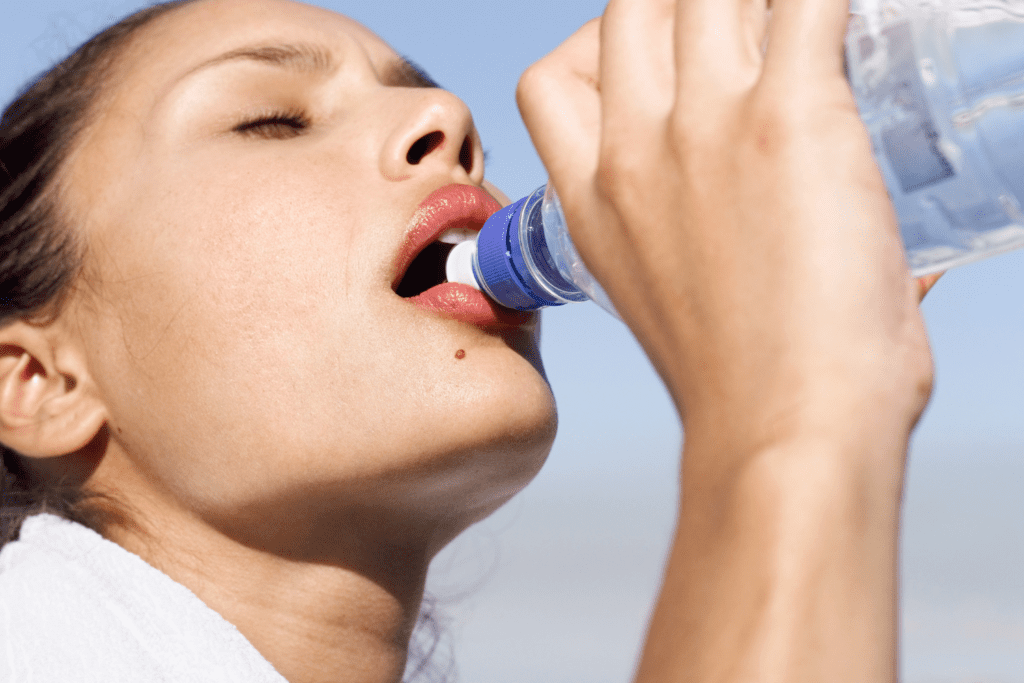With summer in full swing, you’ve probably heard the term “heat advisory” thrown around on the news or seen it pop up on your weather app. But what exactly does it mean? Why is it so important? And how can you stay safe when the mercury rises? Buckle up, because we’re about to dive into everything you need to know about heat advisories, with a special focus on how women like us can handle the heat like pros!
What is a Heat Advisory?
A heat advisory is a public health warning issued by the National Weather Service (NWS) when the temperature or heat index (a combination of temperature and humidity) is expected to reach a level that poses a significant risk of heat-related illnesses. These advisories are typically issued when the heat index is forecast to be at least 100°F (38°C) for two or more consecutive hours.
A Brief History of Heat Advisories
The concept of heat advisories dates back to the early 20th century when meteorologists and public health officials began recognizing the dangers of extreme heat. Over the decades, the criteria for issuing heat advisories have evolved, reflecting a better understanding of how heat affects human health. The NWS began standardizing heat advisory criteria in the 1990s, ensuring that communities across the country receive consistent warnings.
Why Are Heat Advisories So Dangerous?
Heat advisories are not just about discomfort—they’re about health and safety. Here’s why extreme heat can be so hazardous:
- Dehydration: High temperatures increase the risk of dehydration, leading to symptoms like dizziness, headaches, and fainting.
- Heat Exhaustion: This condition occurs when the body overheats, causing heavy sweating, weakness, and nausea.
- Heat Stroke: A severe form of heat illness, heat stroke can be life-threatening. Symptoms include confusion, loss of consciousness, and a body temperature above 103°F (39.4°C).
- Exacerbation of Chronic Conditions: Extreme heat can worsen pre-existing conditions such as heart disease, respiratory issues, and diabetes.
When Can You Expect a Heat Advisory?
Heat advisories are typically issued during the summer months when prolonged periods of high temperatures are common. However, they can occur at any time of the year in warmer climates. The NWS monitors weather patterns and issues advisories when conditions are expected to meet the criteria for dangerous heat levels.

Tips to Stay Safe During a Heat Advisory
Now that we know why heat advisories are serious, let’s talk about how to stay cool and safe. Here are some practical tips:
1. Stay Hydrated
- Drink Plenty of Water: Aim to drink at least eight glasses of water a day, more if you’re active or spending time outdoors.
- Avoid Alcohol and Caffeine: These can dehydrate you, so stick to water, herbal teas, or electrolyte-replenishing drinks.
2. Dress for the Heat
- Wear Light Clothing: Choose lightweight, loose-fitting, and light-colored clothing to help your body stay cool.
- Use Sun Protection: Don’t forget your sunglasses, a wide-brimmed hat, and sunscreen with at least SPF 30.
3. Stay Indoors
- Find Air Conditioning: Spend as much time as possible in air-conditioned buildings, such as shopping malls, libraries, or community centers.
- Use Fans: If you don’t have air conditioning, fans can help circulate air and make you feel cooler.
4. Plan Outdoor Activities Wisely
- Avoid Peak Heat Hours: Try to schedule outdoor activities for early morning or late evening when it’s cooler.
- Take Frequent Breaks: If you must be outside, take regular breaks in the shade or indoors to cool down.
5. Recognize the Signs of Heat Illness
- Know the Symptoms: Be aware of the symptoms of heat exhaustion and heat stroke. Seek medical attention if you or someone else shows signs of heat-related illness.
Multiple Uses for a Heat Advisory
While the primary purpose of a heat advisory is to warn about potential health risks, it can serve other purposes as well:
- Community Alerts: Heat advisories can trigger local authorities to open cooling centers or extend hours at public pools and libraries.
- Agricultural Guidance: Farmers can take precautions to protect livestock and crops from extreme heat.
- Energy Management: Utilities may issue advice on conserving electricity to prevent power outages during peak usage times.
DIY Heat Advisory Kit
You might be wondering how you can prepare for a heat advisory, especially if you’re caught without the necessary supplies. Here’s a simple DIY kit you can put together:
Essentials:
- Water Bottles: Keep a few reusable water bottles filled and chilled.
- Portable Fan: Battery-operated fans can be a lifesaver if you don’t have air conditioning.
- Cooling Towels: These special towels can be soaked in water and placed around your neck for instant relief.
- First Aid Kit: Include items like band-aids, antiseptic wipes, and a thermometer.
Homemade Solutions:
- DIY Air Conditioner: Place a bowl of ice in front of a fan to create a cooling breeze.
- Cooling Spray: Fill a spray bottle with water and keep it in the fridge. Spritz yourself for a refreshing cool-down.
- Homemade Electrolyte Drink: Mix water, a pinch of salt, and a splash of fruit juice for a quick hydration boost.
Heat advisories are more than just a warning—they’re a vital tool for keeping us safe during extreme heat. By understanding their history, recognizing the dangers of high temperatures, and following simple safety tips, you can stay cool and healthy all summer long. Remember, taking care of yourself during a heat advisory isn’t just smart; it’s essential. Stay hydrated, stay informed, and keep cool!

